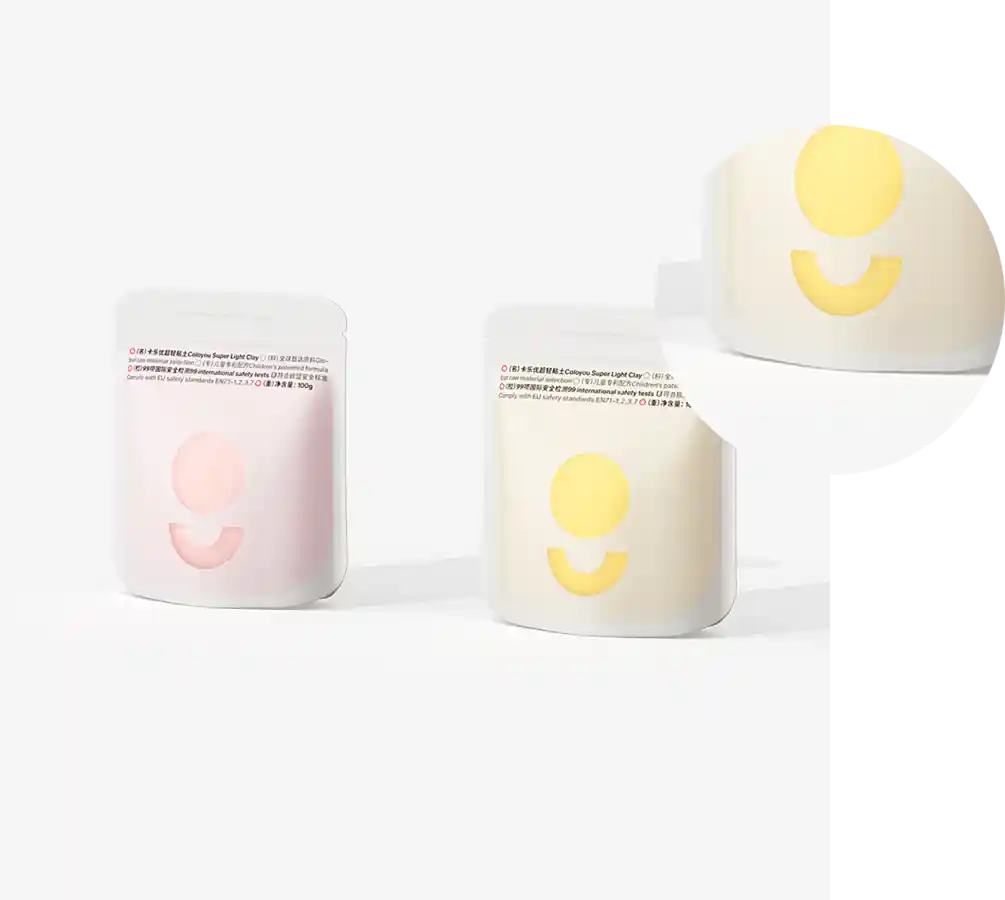what is uv coated
Understanding UV Coating A Key Element in Print Quality
UV coating is a popular finishing technique in the printing industry that enhances the quality and durability of printed materials. This process involves applying a liquid coating to printed surfaces that is cured using ultraviolet (UV) light. The result is a glossy, durable finish that not only enhances the visual appeal of the printed products but also provides significant protection against various environmental factors.
What is UV Coating?
At its core, UV coating is a type of varnish that employs ultraviolet light to create a hard, protective layer on printed materials. Traditionally, post-printing processes involved using water-based or solvent-based varnishes, but these options often have longer drying times and can absorb into the paper, limiting their protective capabilities. In contrast, UV coating offers rapid drying and enhanced performance characteristics. The UV light triggers a chemical reaction that instantly cures the coating, allowing for faster production times and a more robust finish.
There are two primary types of UV coating glossy and matte. Glossy UV coatings provide a shiny finish that enhances colors and detail, making them particularly effective for vibrant graphic designs and images. Matte coatings, on the other hand, provide a more subdued look while still offering protection. This versatility allows businesses to choose the right finish based on their specific branding and aesthetic needs.
Advantages of UV Coating
1. Enhanced Durability One of the main benefits of UV coating is its considerable durability. The cured finish is resistant to scratches, scuffs, and other forms of wear and tear. This makes UV-coated materials an excellent choice for items that will be handled frequently, such as brochures, business cards, and packaging.
2. Water Resistance UV coatings are also resistant to moisture, protecting printed materials from spills, humidity, and water damage. This feature is crucial for promotional materials that may be exposed to outdoor conditions or other environments where water could pose a risk.
what is uv coated

3. Improved Appearance The high gloss finish of UV coating significantly enhances the color vibrancy and detail of images. It creates a striking visual impact that can help capture the attention of potential customers and convey a sense of quality and professionalism.
4. Quick Drying Time The UV curing process allows for rapid production cycles. As soon as the UV light hits the coating, it cures instantly, eliminating the wait times associated with traditional drying methods. This can lead to increased efficiency in print production and reduce turnaround times for clients.
5. Eco-Friendly Options Many modern UV coatings are being developed to be more environmentally friendly. These coatings often emit fewer volatile organic compounds (VOCs) compared to traditional printing inks and coatings, making them a healthier option for both consumers and the environment.
Applications of UV Coating
UV coating is widely used across various industries, enhancing everything from marketing materials to packaging. Common applications include
- Business Cards UV coating provides a professional look while protecting against bending and tearing. - Book Covers Adding a UV finish to book covers not only beautifies them but also extends their lifespan. - Labels and Packaging UV-coated labels remain vibrant and intact despite exposure to external elements. - Postcards and Flyers The durability and aesthetics of UV coatings make these products stand out in a competitive marketplace.
Conclusion
In conclusion, UV coating is an innovative and effective finishing technique that plays a crucial role in the printing industry. By enhancing the durability, appearance, and overall performance of printed materials, UV coating allows businesses to present their products with confidence. For anyone looking to produce high-quality printed items, understanding and utilizing UV coating can make a significant difference in achieving the desired results. By leveraging this technology, printers and marketers alike can elevate their offerings, ensuring that their materials not only look great but also stand the test of time.













